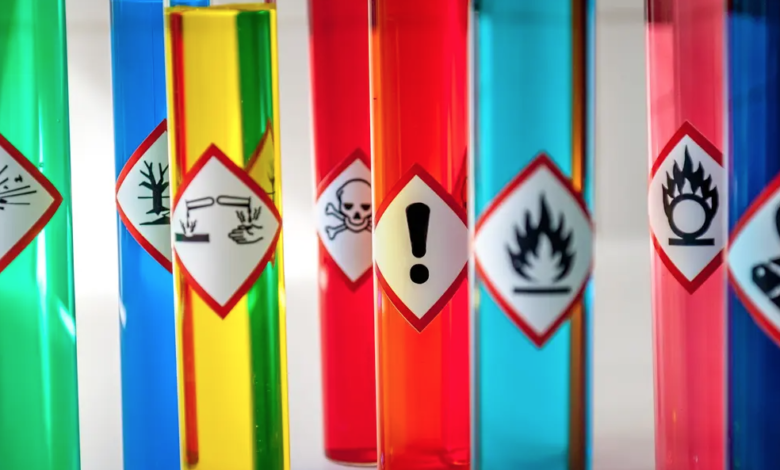PFAS contaminated water: 45% of taps in the USA
New USGS study on PFAS contaminated water
– From almost half (45%) of American taps comes out water PFAS contaminated water. With an enormously higher percentage in urban centers than in rural areas. This was established by a new study conducted by the US Geological Survey and published in Science Direct.
Researchers derived this percentage based on data from 716 points across the United States and over several years between 2016 and 2021. Data that were then modeled to obtain a reliable picture of the national landscape.
Used since the 1940s, PFAS have been called “forever chemicals” because of the difficulty of eliminating them. They have been used in a wide range of consumer and industrial products, from non-stick pans to stain-resistant fabrics, from paints to metal plating, from food packaging to fire-fighting foams. Then it was noticed that they enter the environment and re-enter the food chain, causing serious damage to health.
Limitations of the PFAS contaminated water study
Apart from the very high number of cases of water contaminated by Pfas, the most interesting result of the study concerns the distribution of per- and polyfluoroalkyl compounds. Not all areas are equally polluted. “What we have read about PFAS is that they are everywhere,” said Kelly Smalling of USGS in an interview. Although it is estimated that from 45% of US taps could come out contaminated water from at least one PFAS, “we have also shown that there are huge areas of the country where PFAS have not been detected, and I think this is good news”.
read also Discovered in USA a method to destroy the PFAS
However, the results that reward rural areas over urban areas may depend heavily on the design of the study. First of all because it is probabilistic, that is, it uses the real data to express the probability of finding or not PFAS in a given area. The probability of not finding forever chemicals in the city is less than 25%, while in the countryside it is around 75%. They are therefore not real data, but extrapolated. The other possible limit of the study is the small number of types of PFAS considered: only 32 out of more than 10 thousand, despite the most widespread being represented.






